Germany Weimar Republic year 1920/1923 – Dienstmarke stamps MNH
Germany’s Weimar Republic issued Dienstmarke (official service stamps) from 1920 onward for government mail, with significant output during the 1920-1923 hyperinflation period. These stamps featured the “Dienstmarke” overprint on regular issues, reflecting escalating denominations amid economic turmoil.
Key Issuance Periods
From April 1920, state agencies mandated Dienstmarke use, starting with Prussian issues like large numerals overprinted “für Preussen.” By 1923, inflation drove rapid releases: Michel 75-88 (end May) overprinted “Worker” and “Number in Circle” designs in black serpentine typography; Michel 89-98 (Aug/Oct) on prior official stamps with new values; and Michel 99-104 (Dec 1) on “Number in Circle with Rosettes” for the Rentenmark transition.
Design and Production Details
Most 1923 Dienstmarken used waffle (network) or diamond (lozenge) watermarks, perf 14 or similar, printed in sheets of 10×10 or rolls. Examples include 300Mk to 500Mk inflation values and high-denomination overprints like 100,000Mk. During peak inflation, agencies sometimes used regular stamps due to shortages.
Collectibility Notes
These stamps are prized for hyperinflation history, with mint hinged (MNH) lots from 1920-1923 available around €30. Varieties include overprint types (flat plate vs. rotary) and watermark shifts. Check Michel catalog for full listings, as they tie into broader Weimar postal chaos.

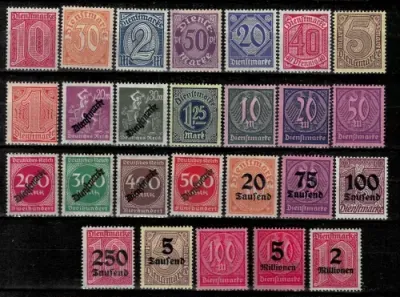

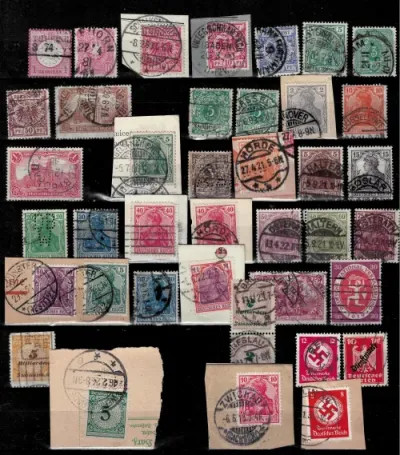
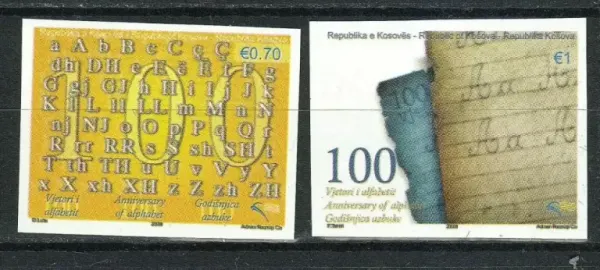



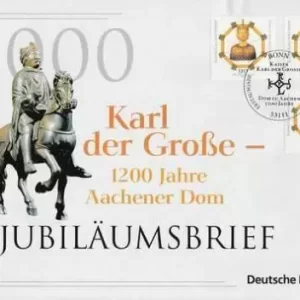
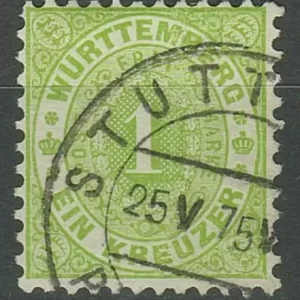
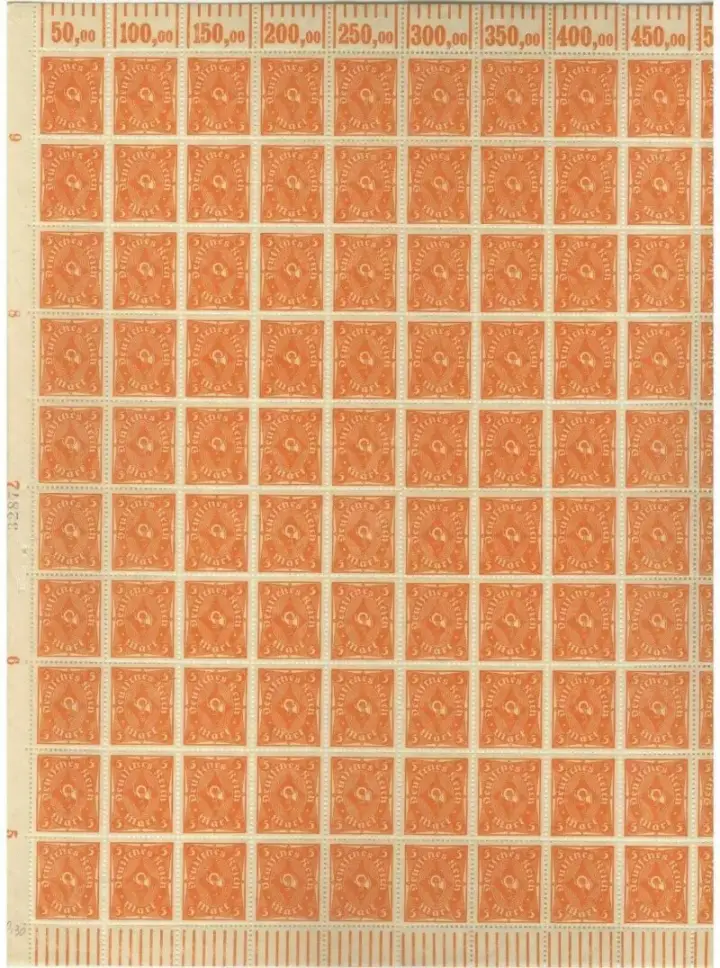

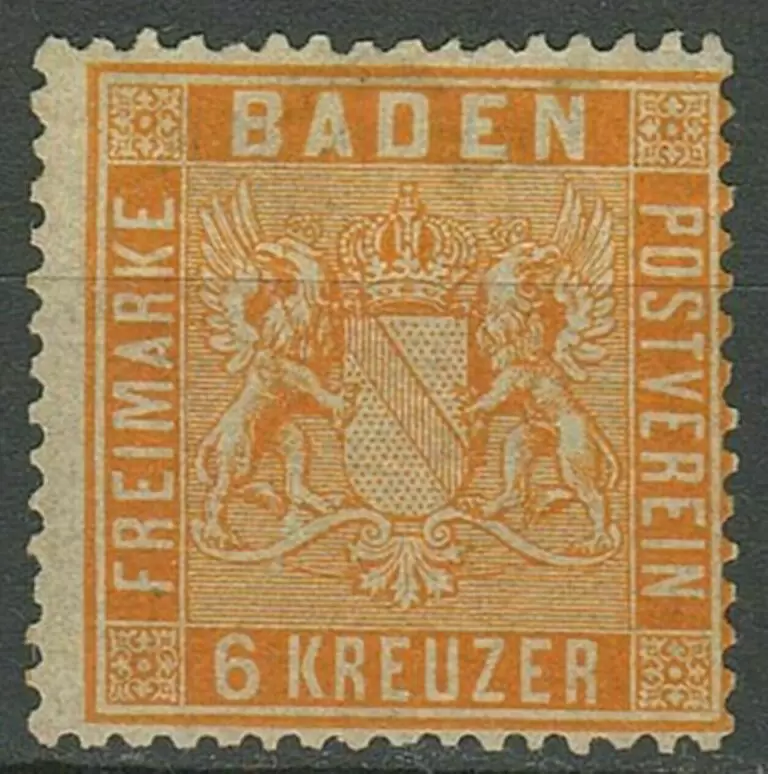
Reviews
There are no reviews yet.